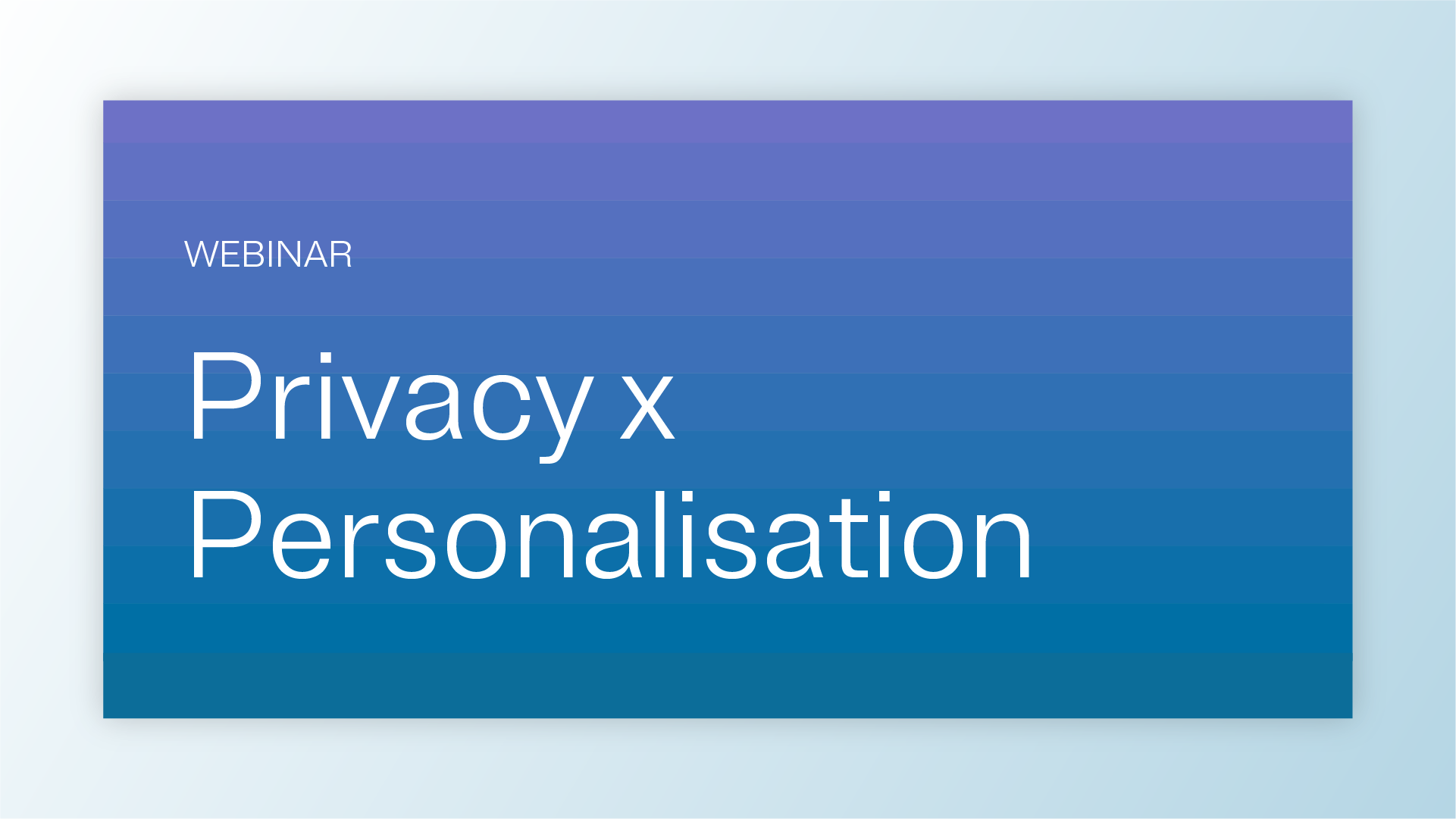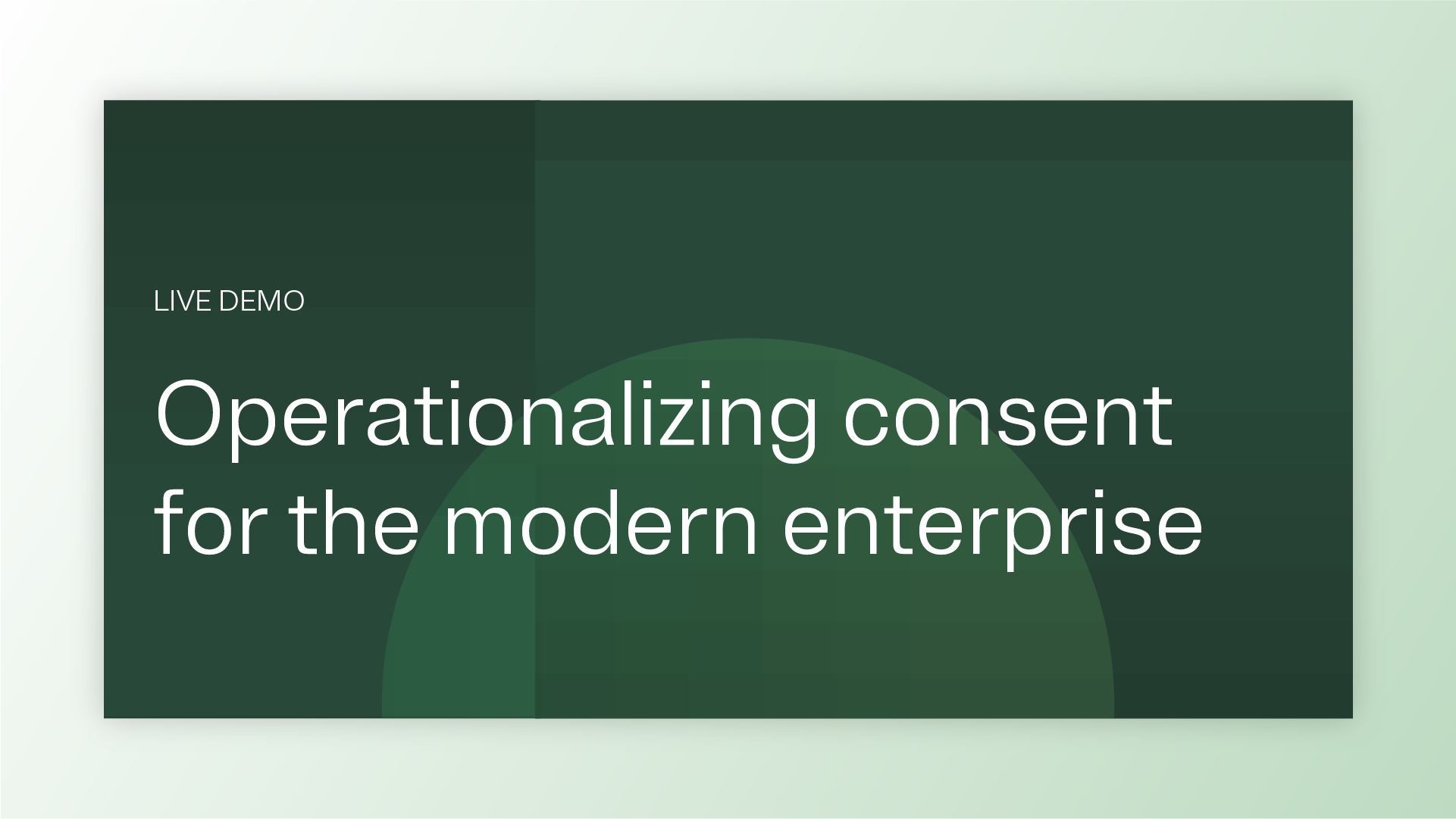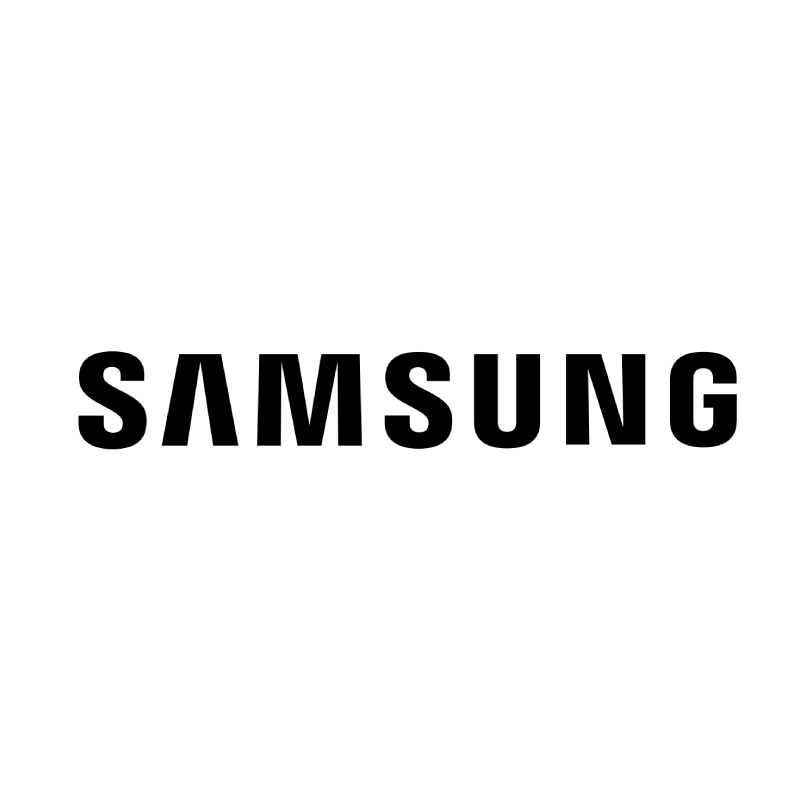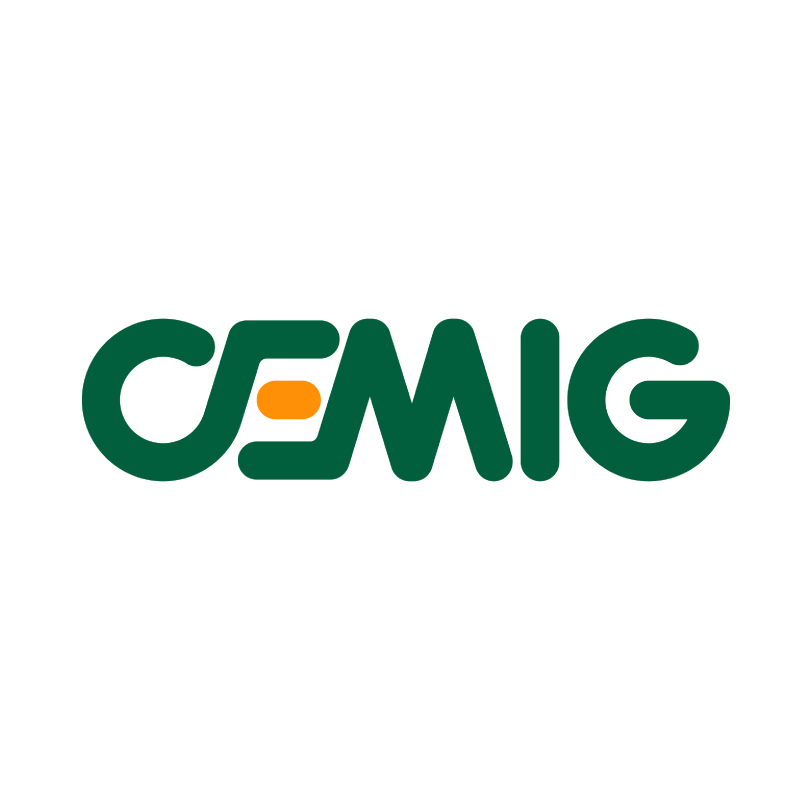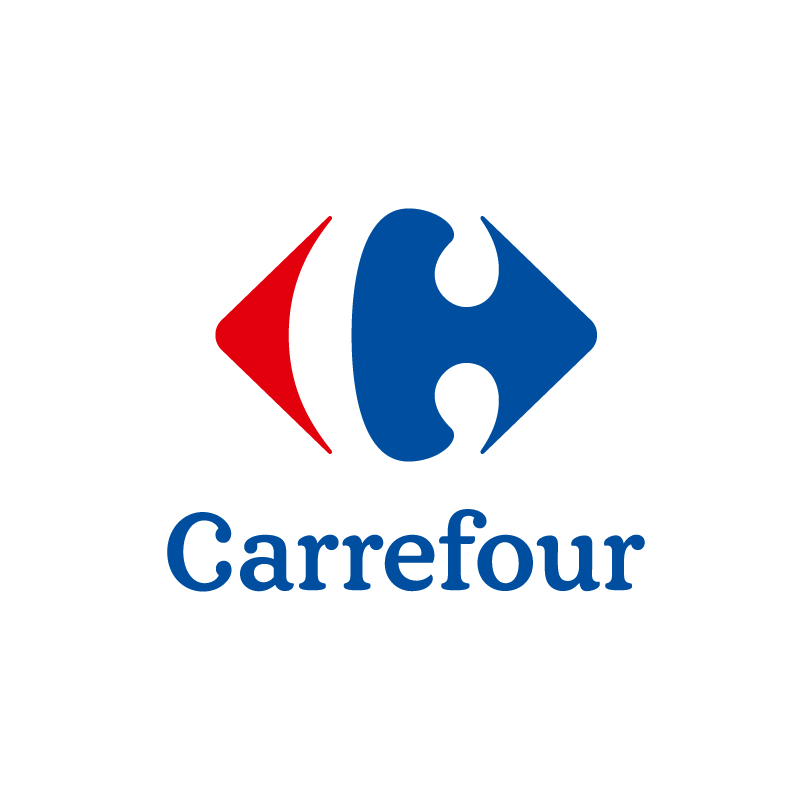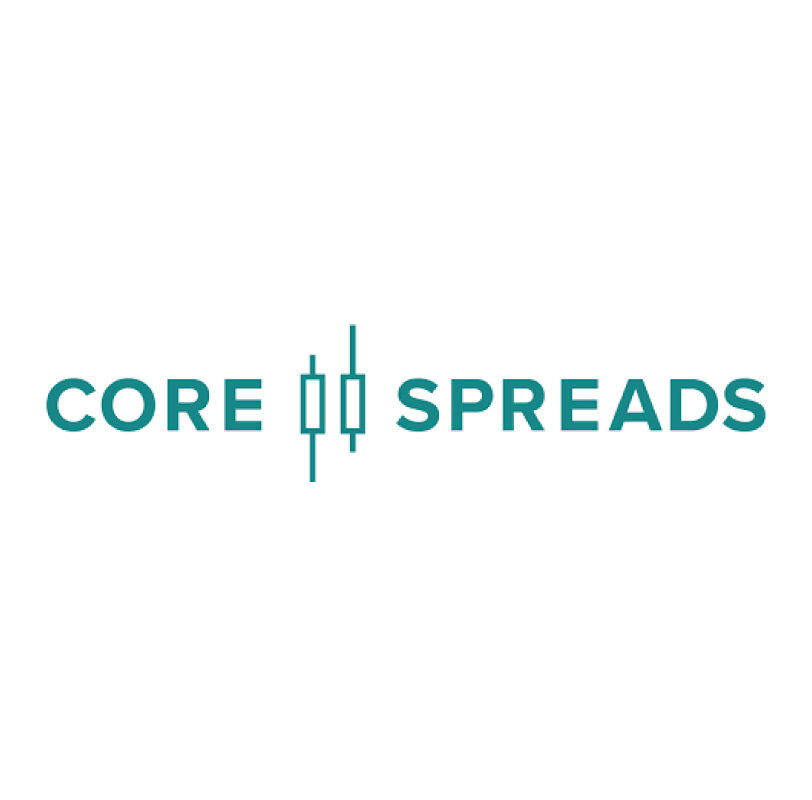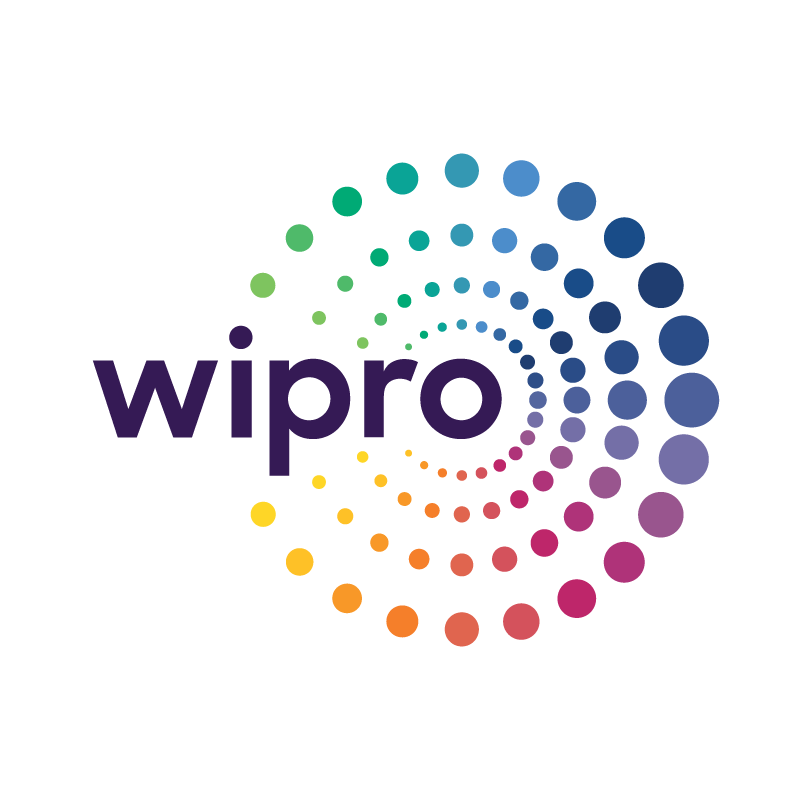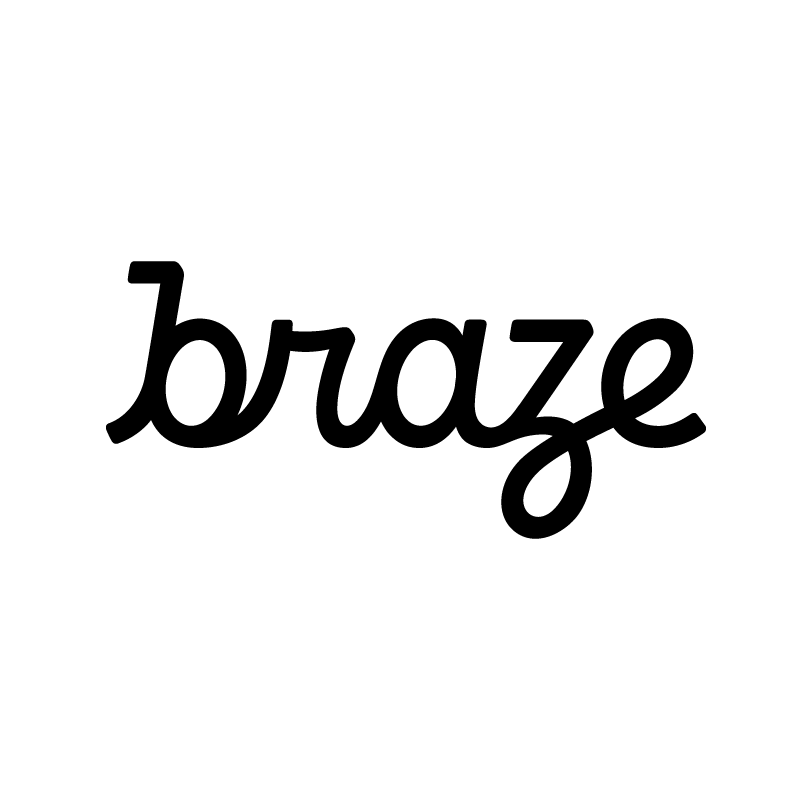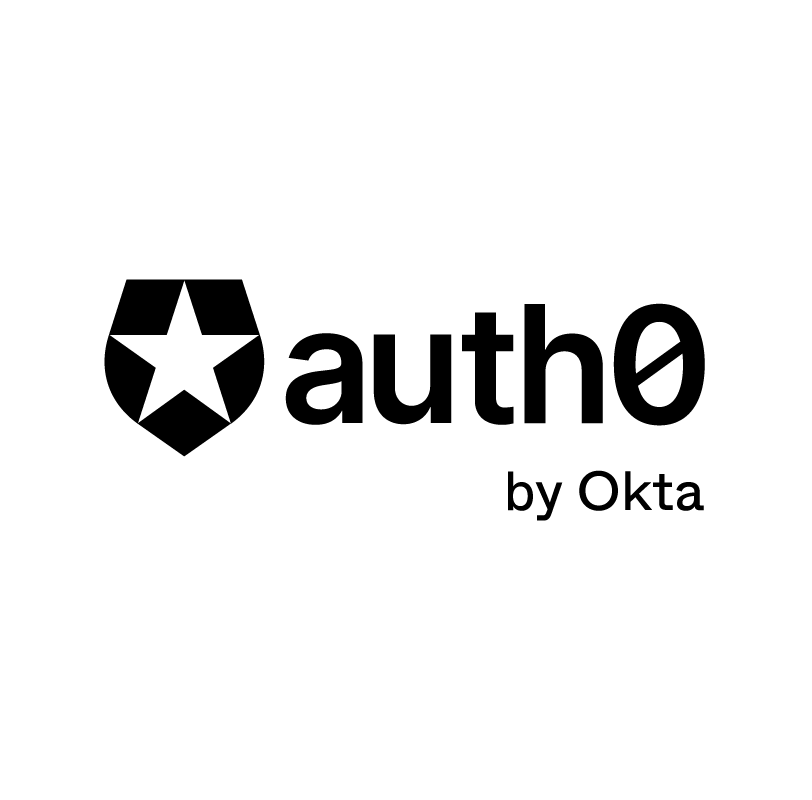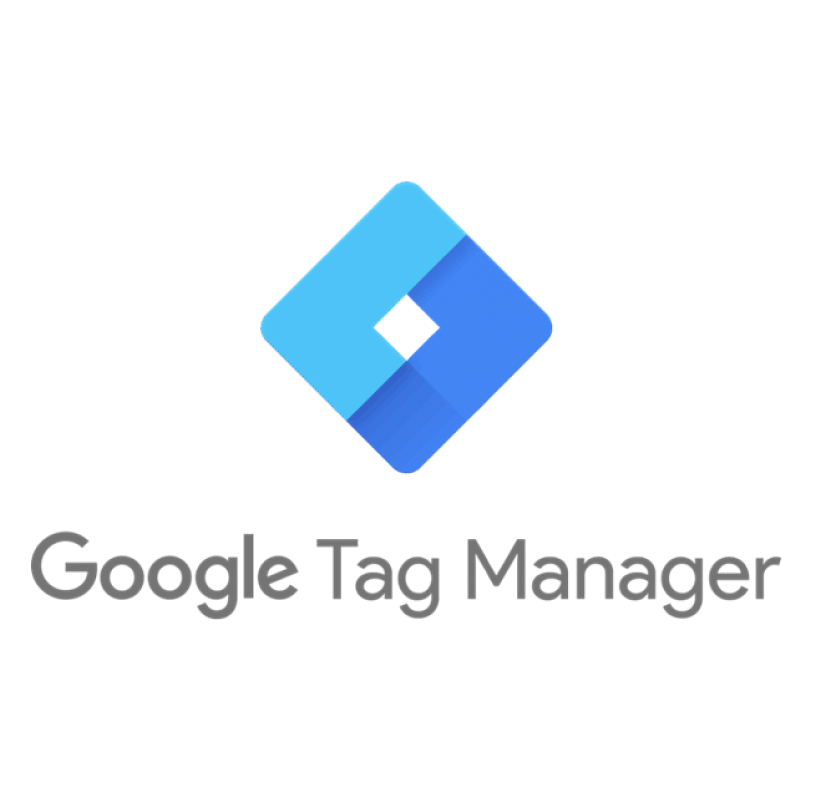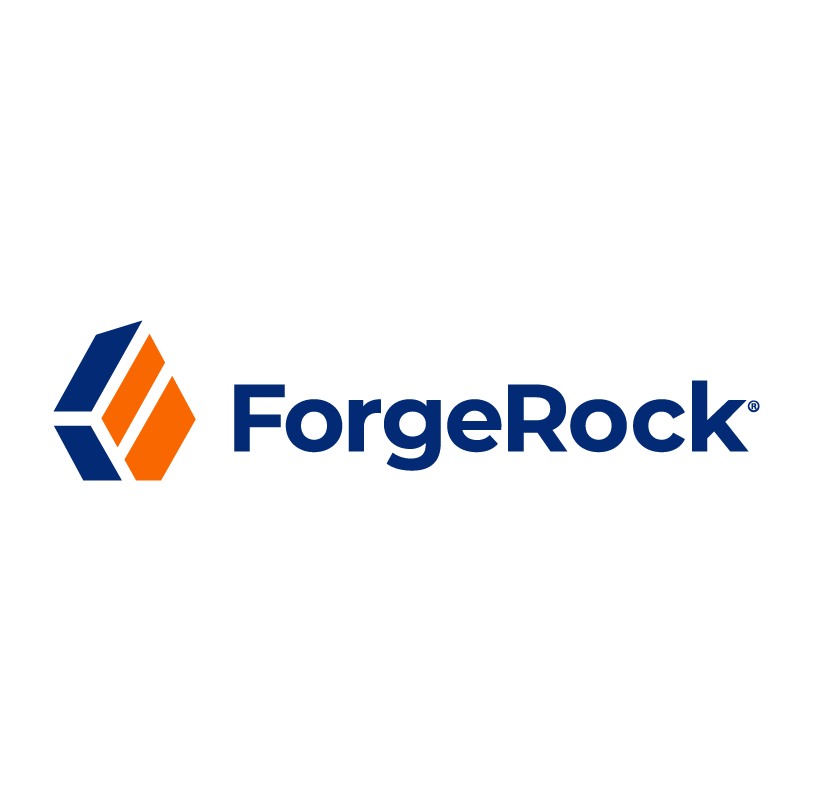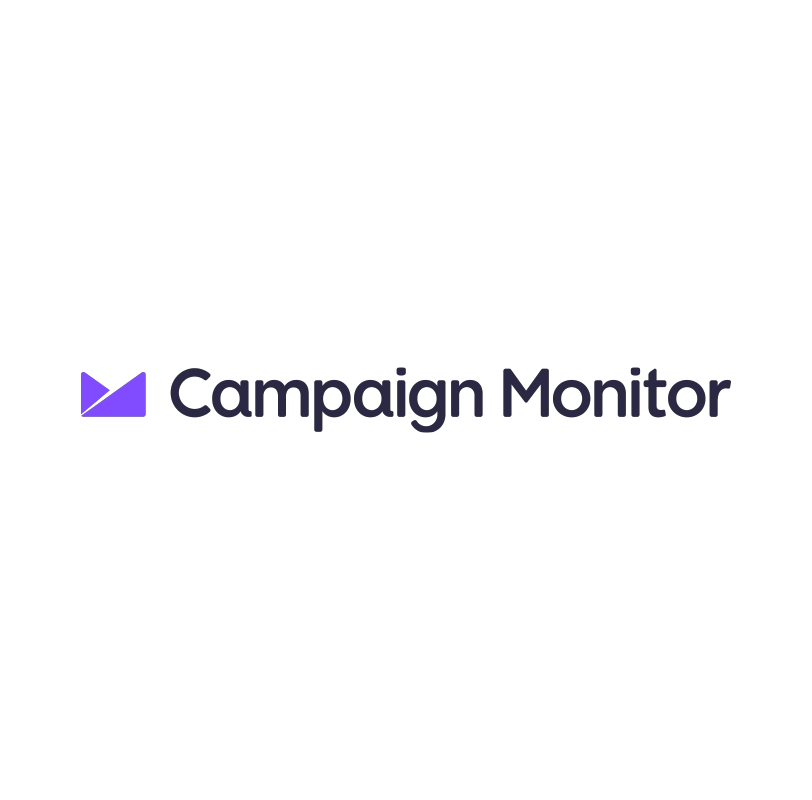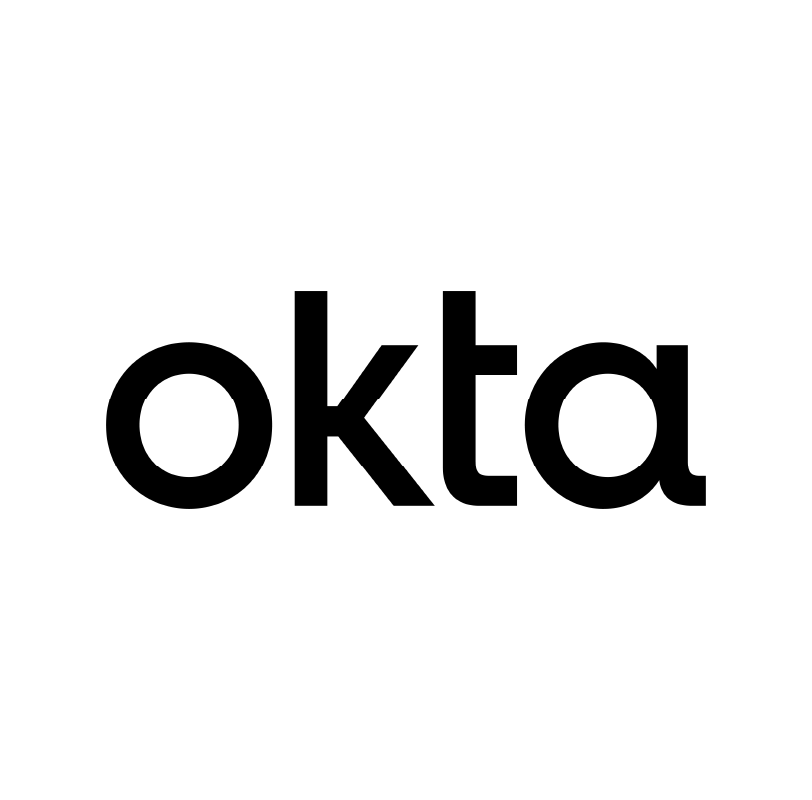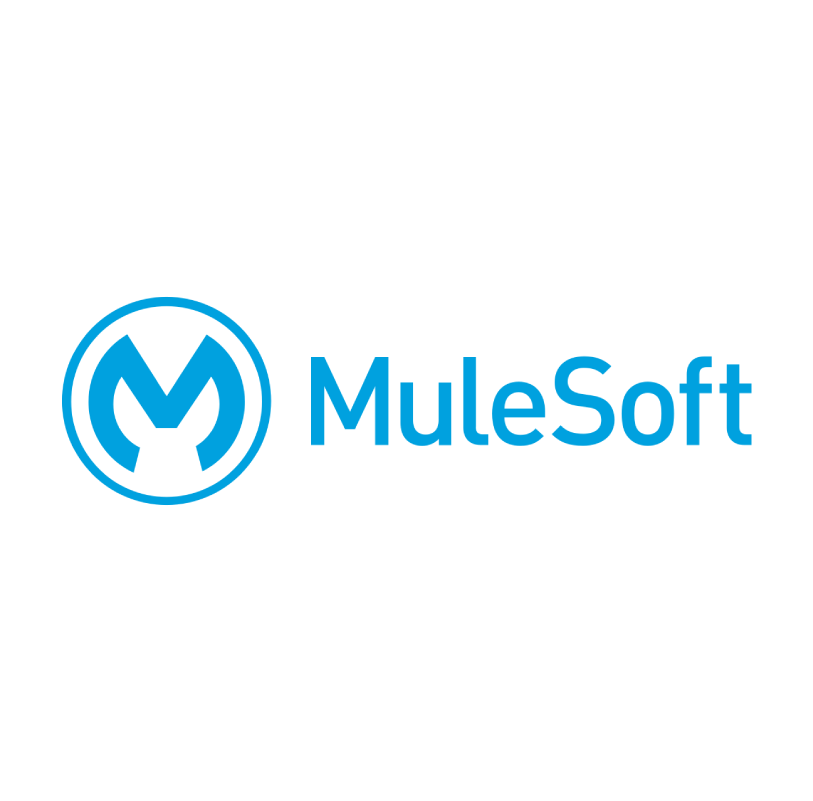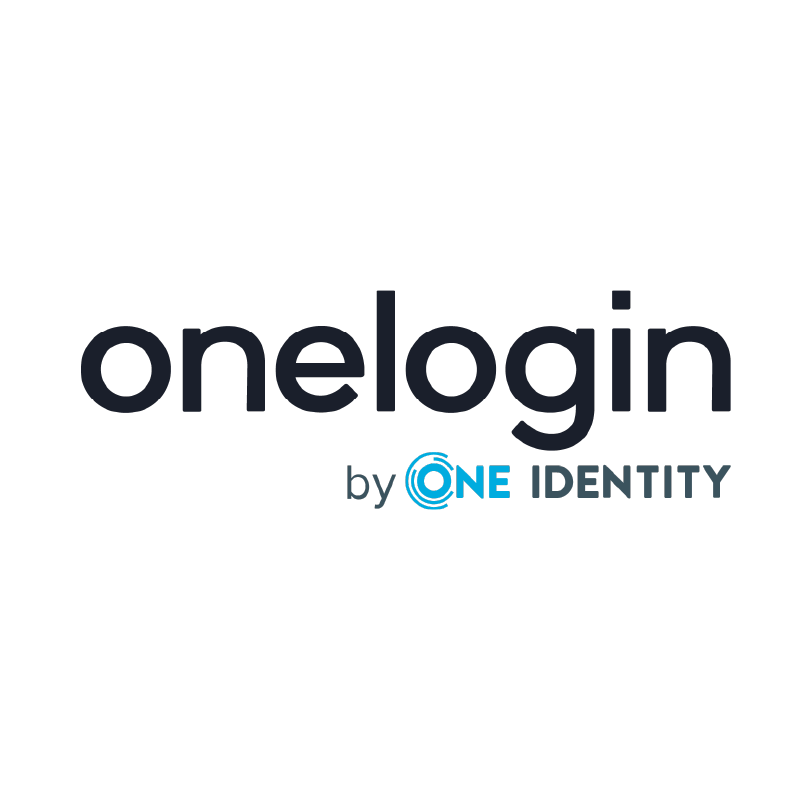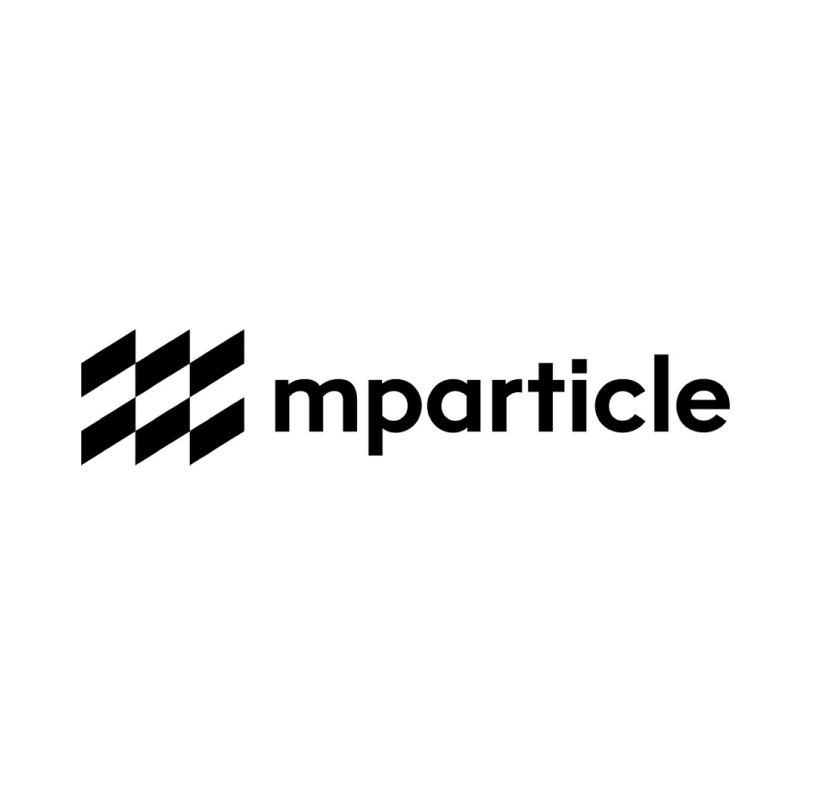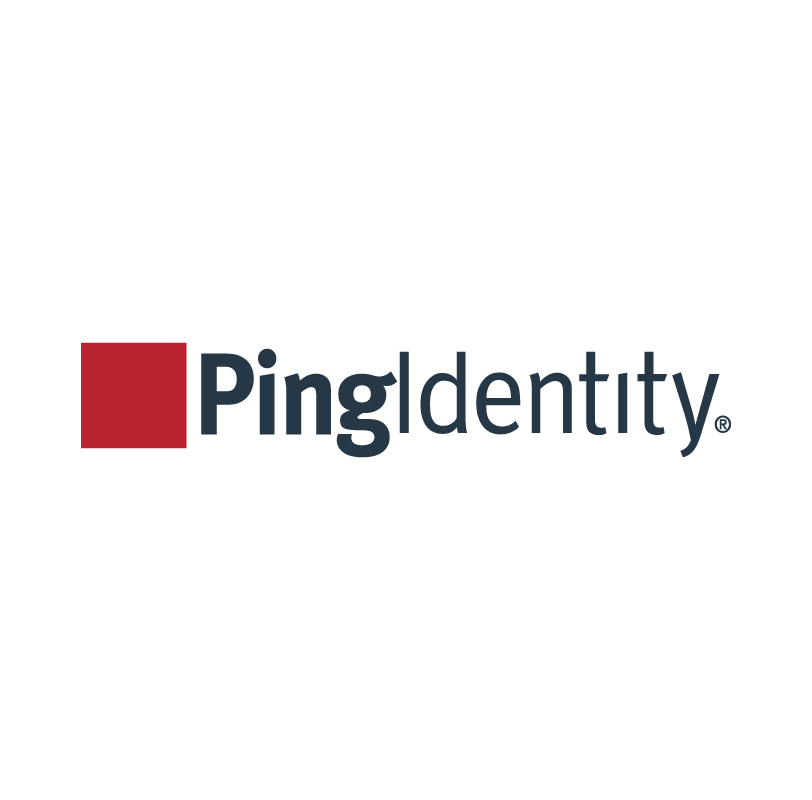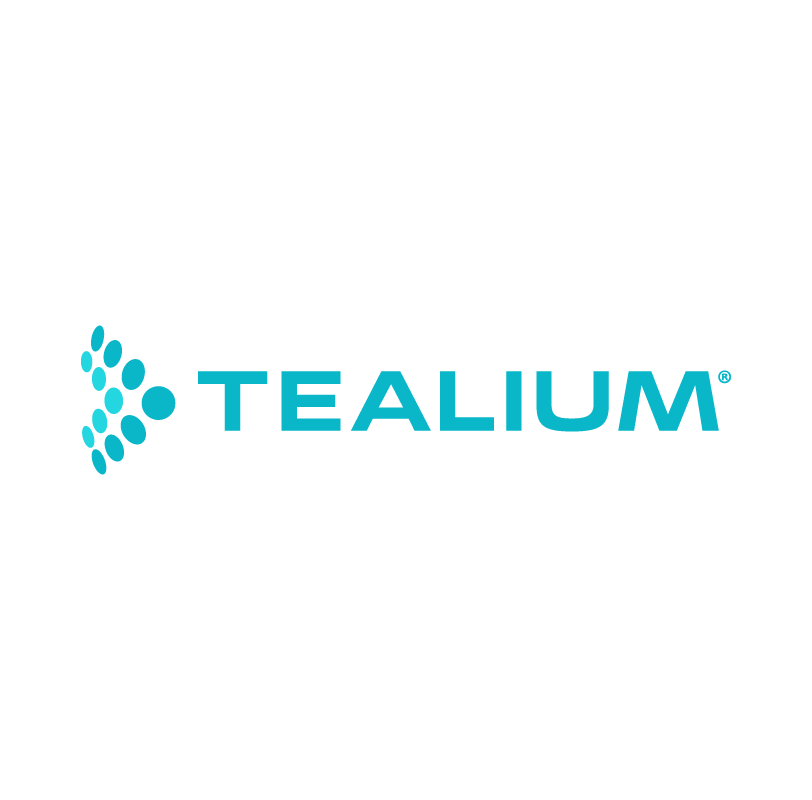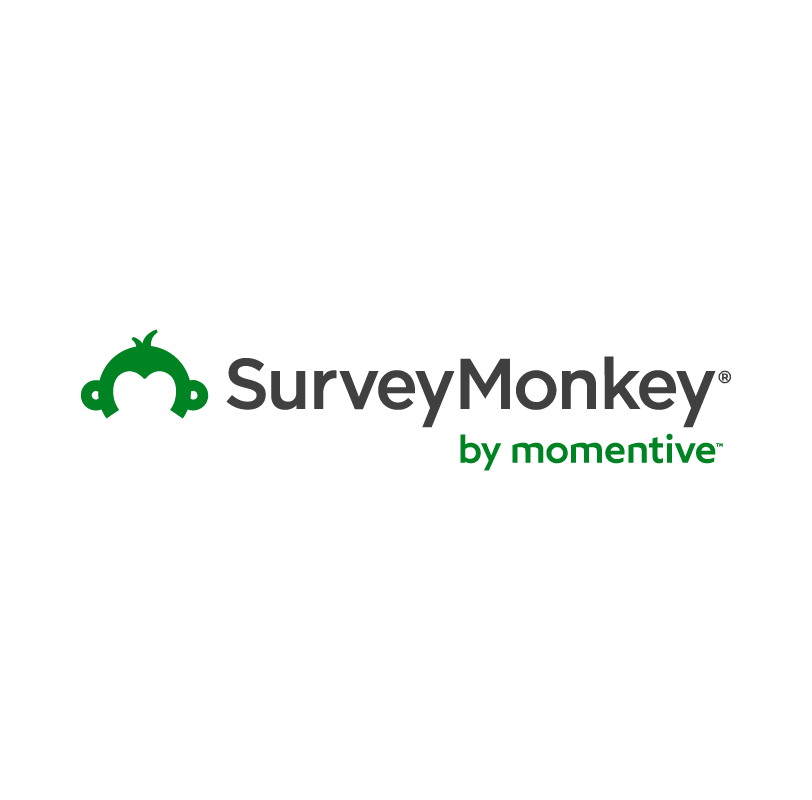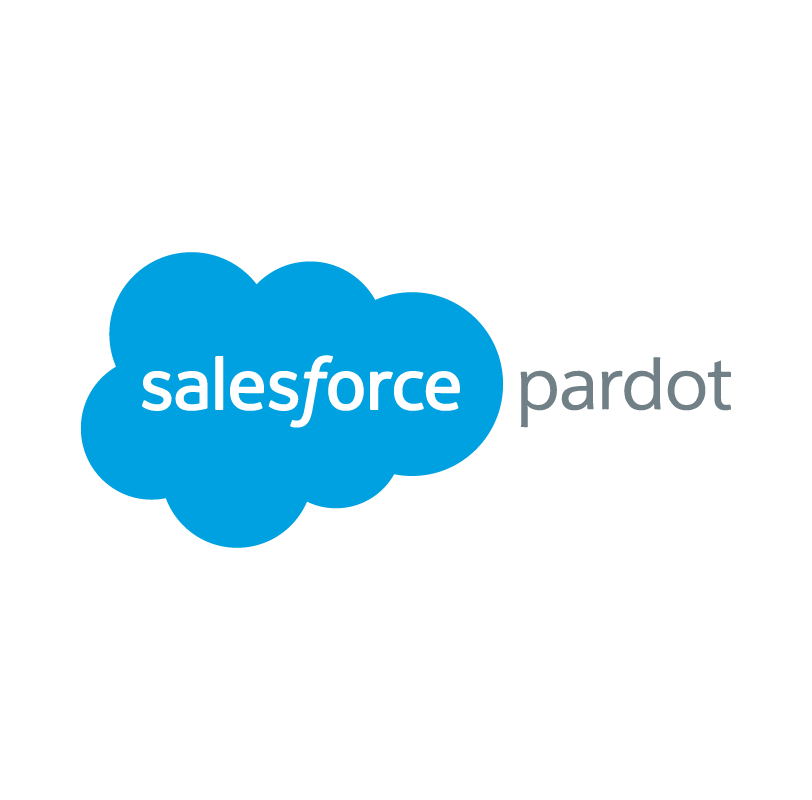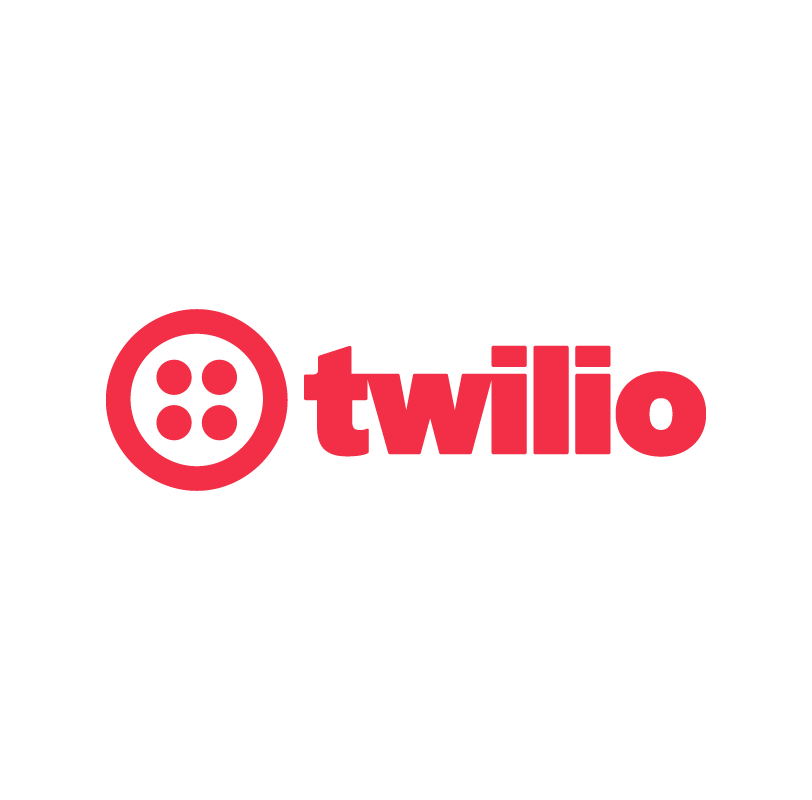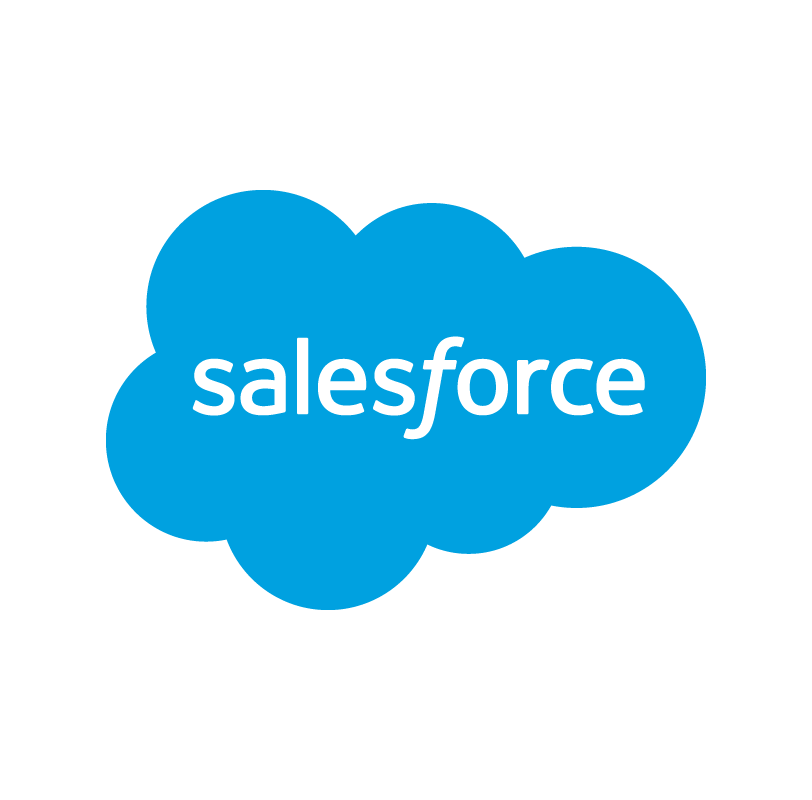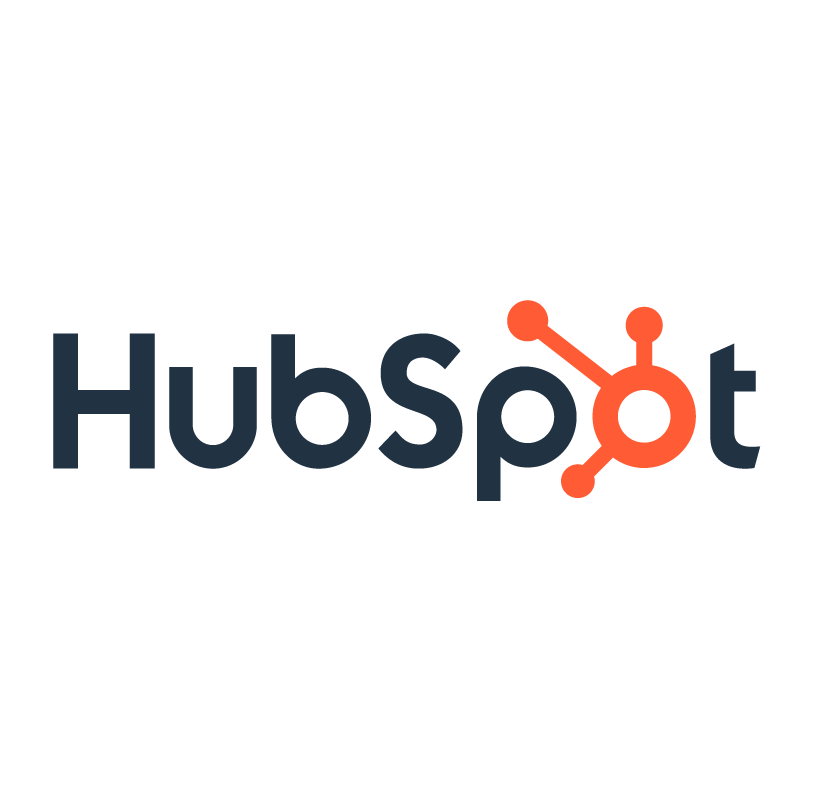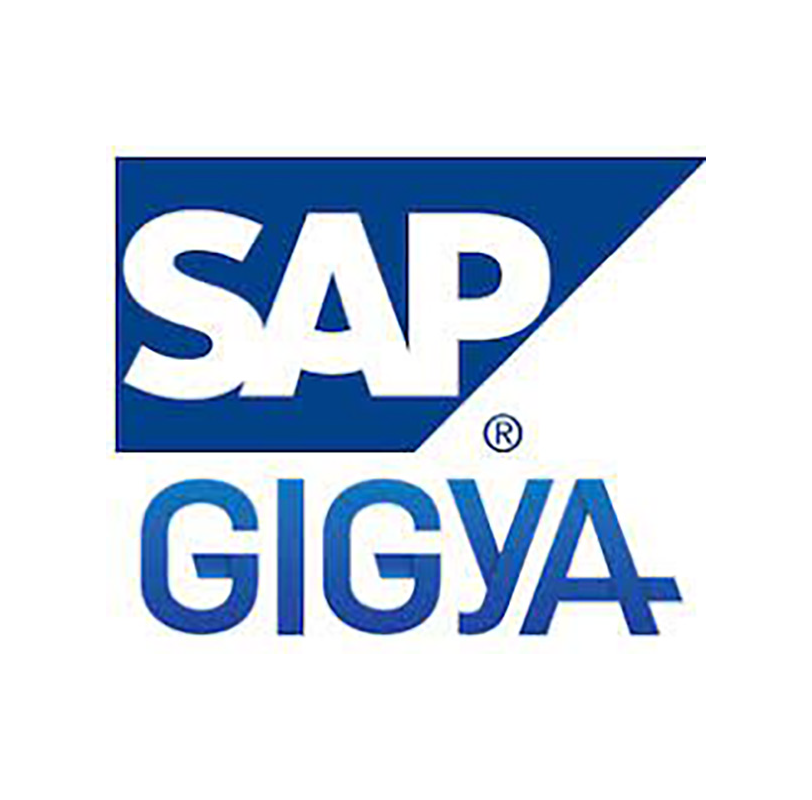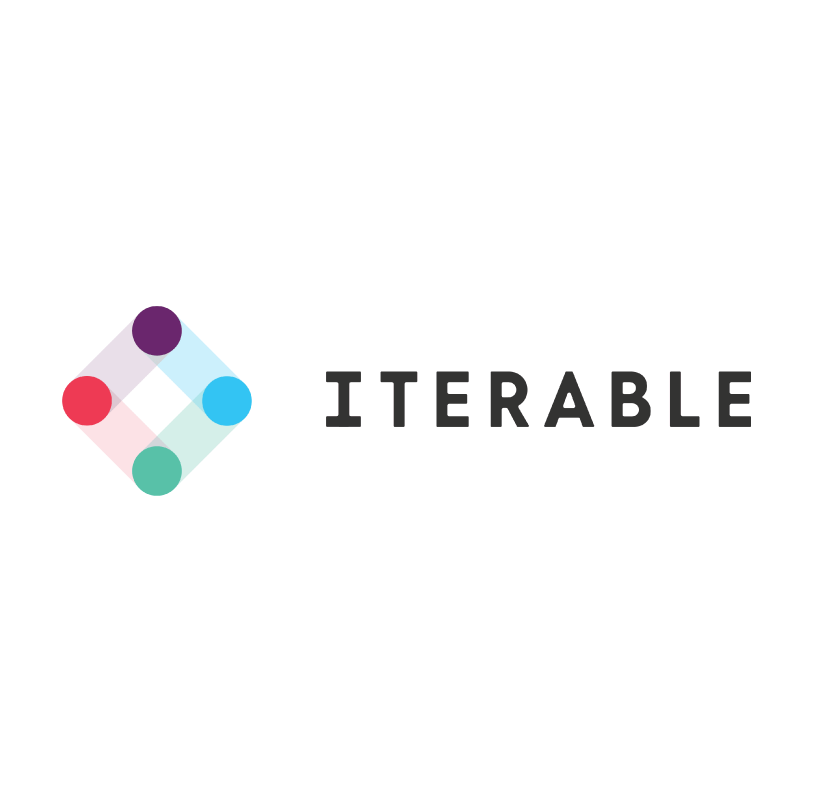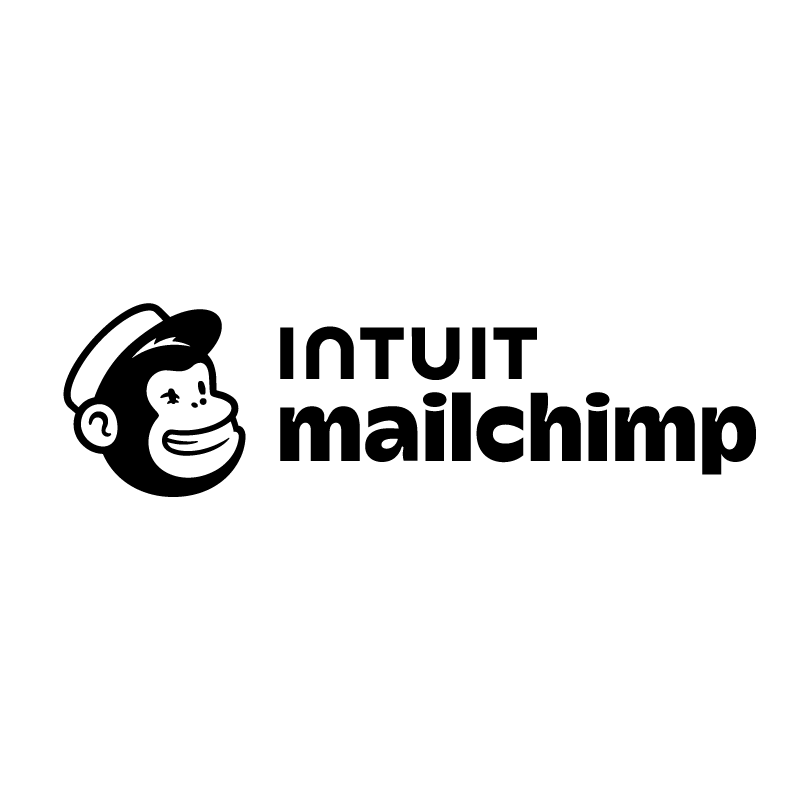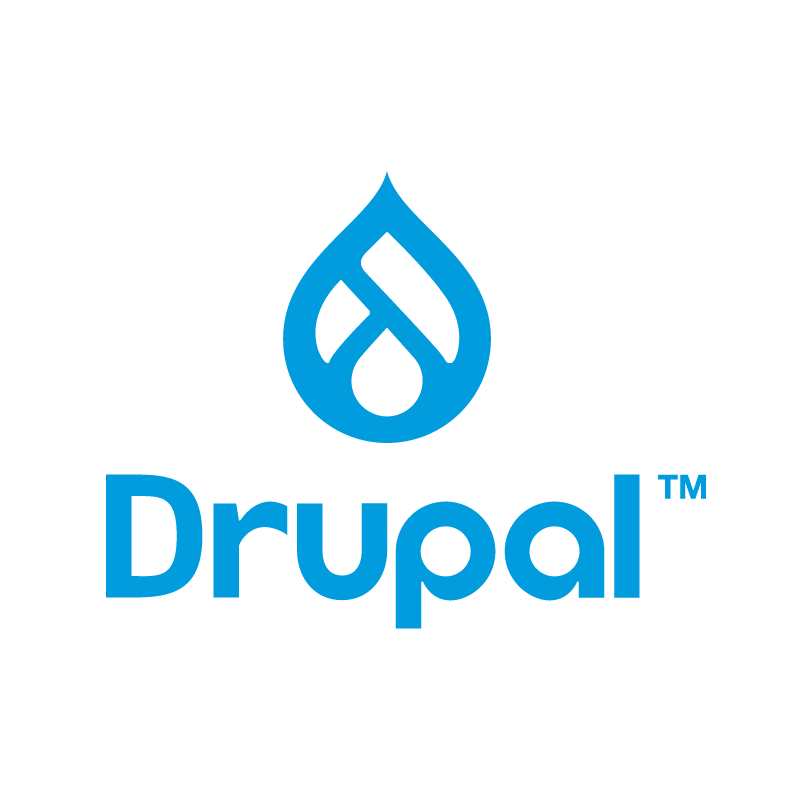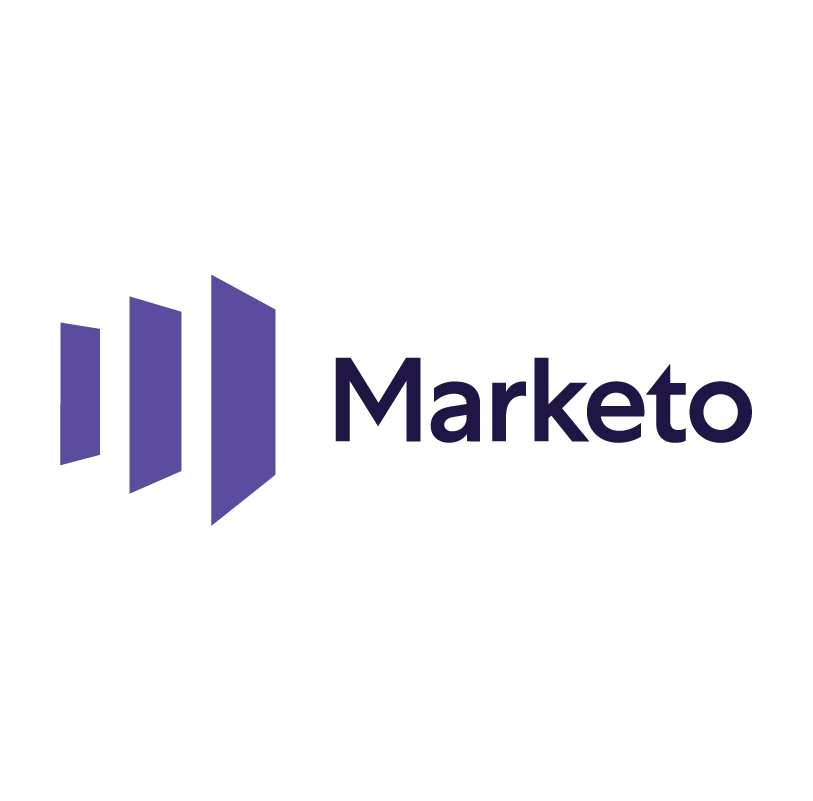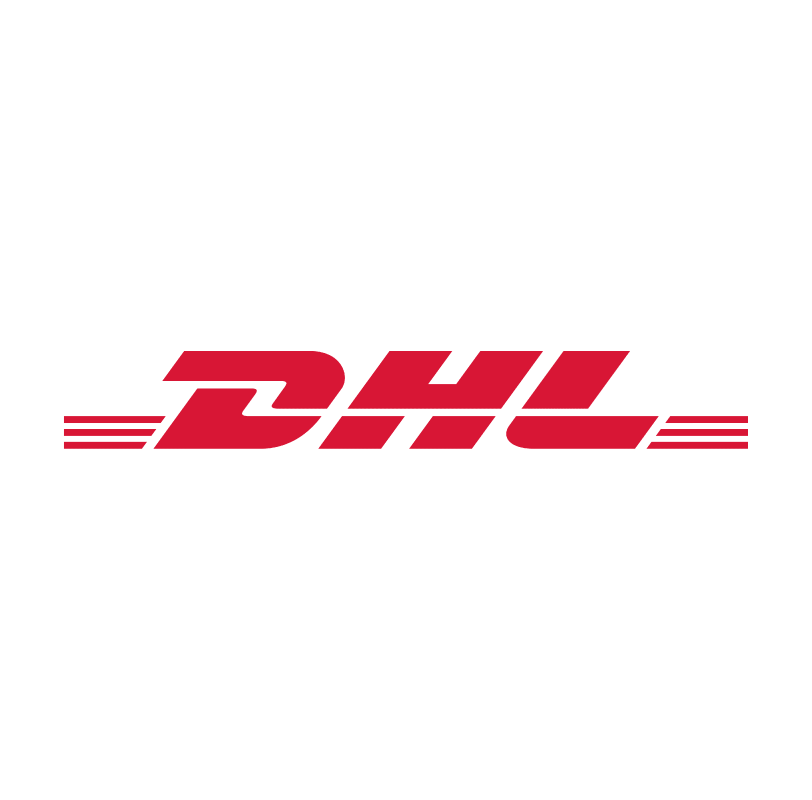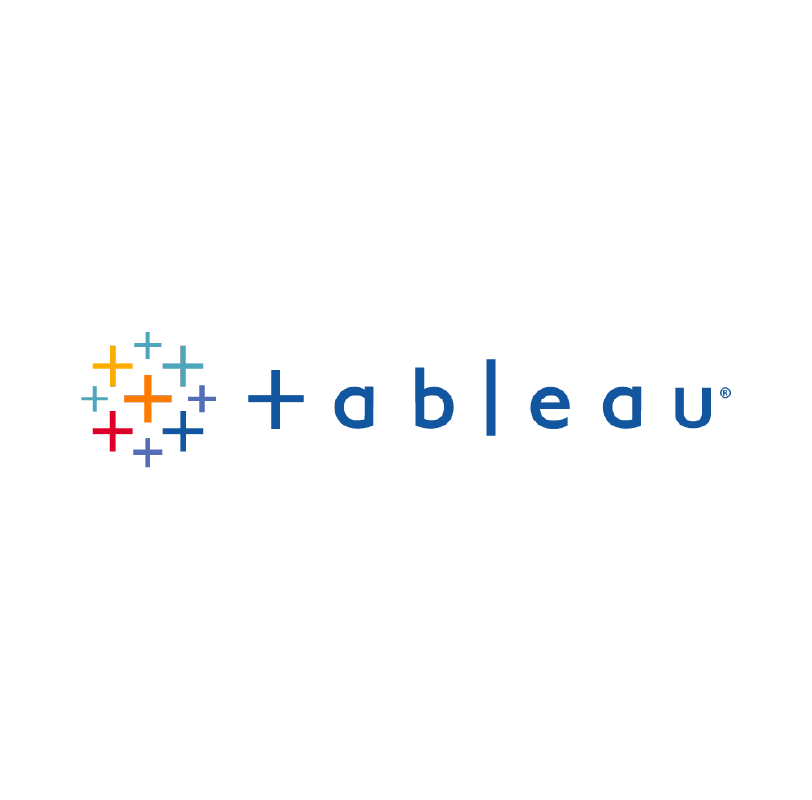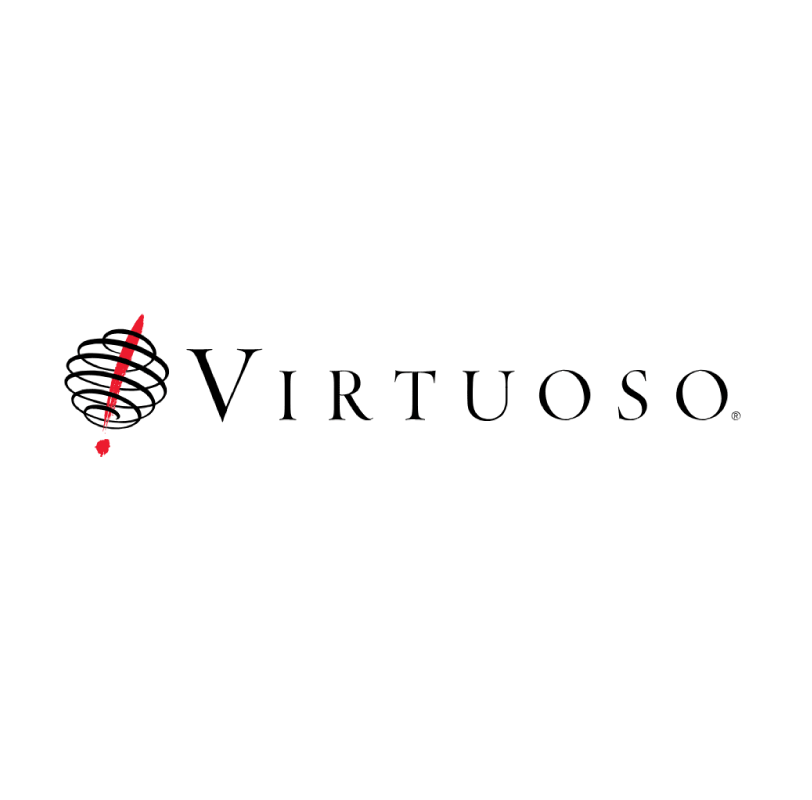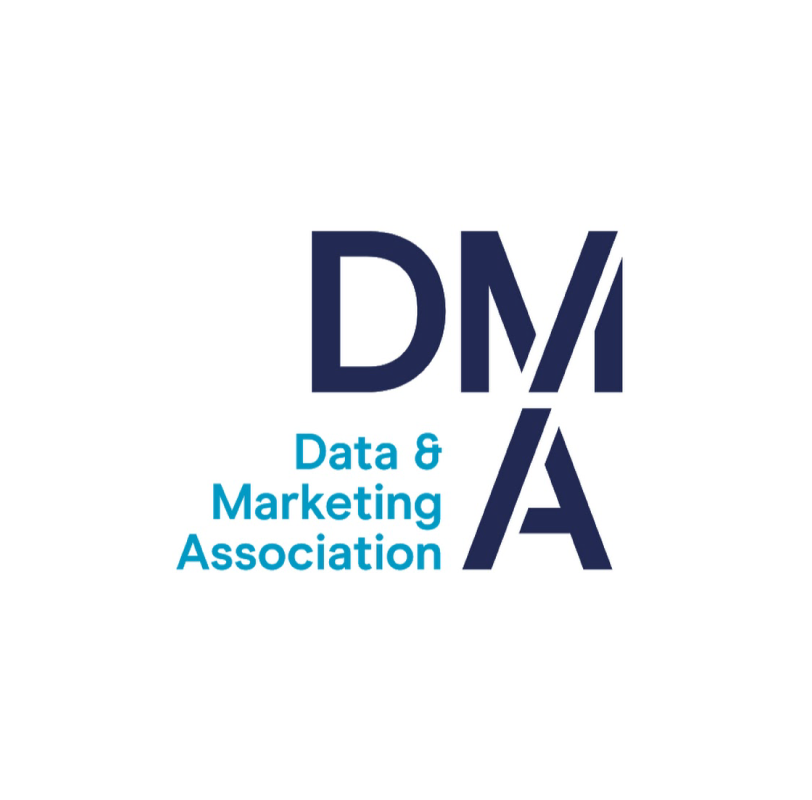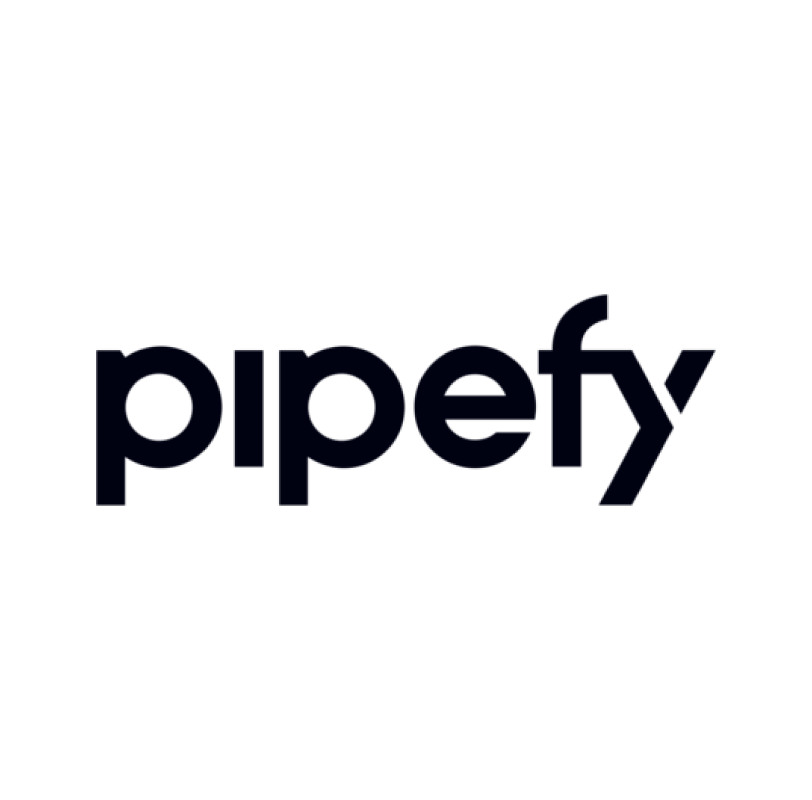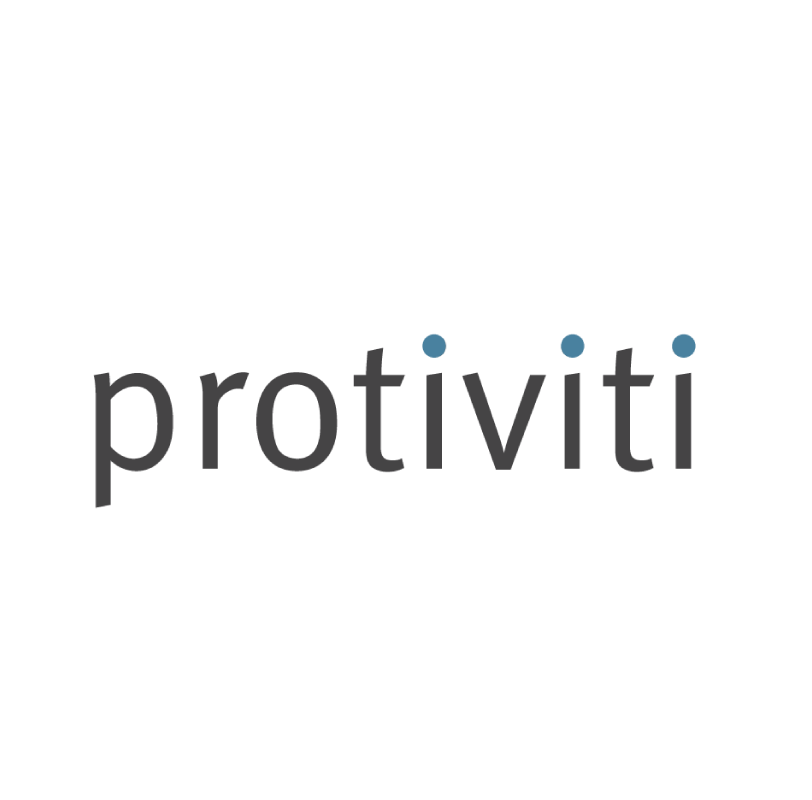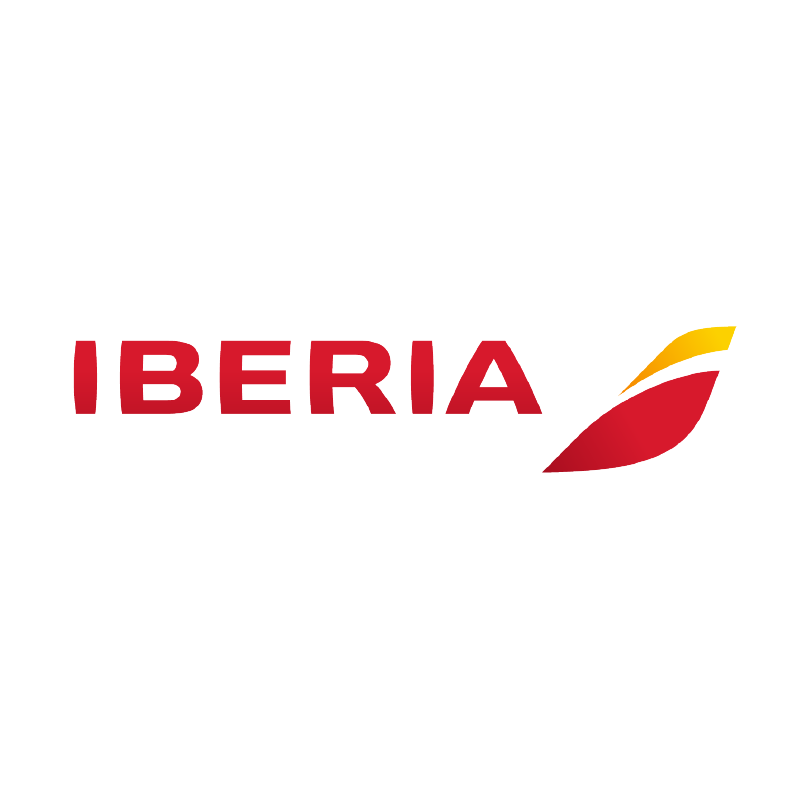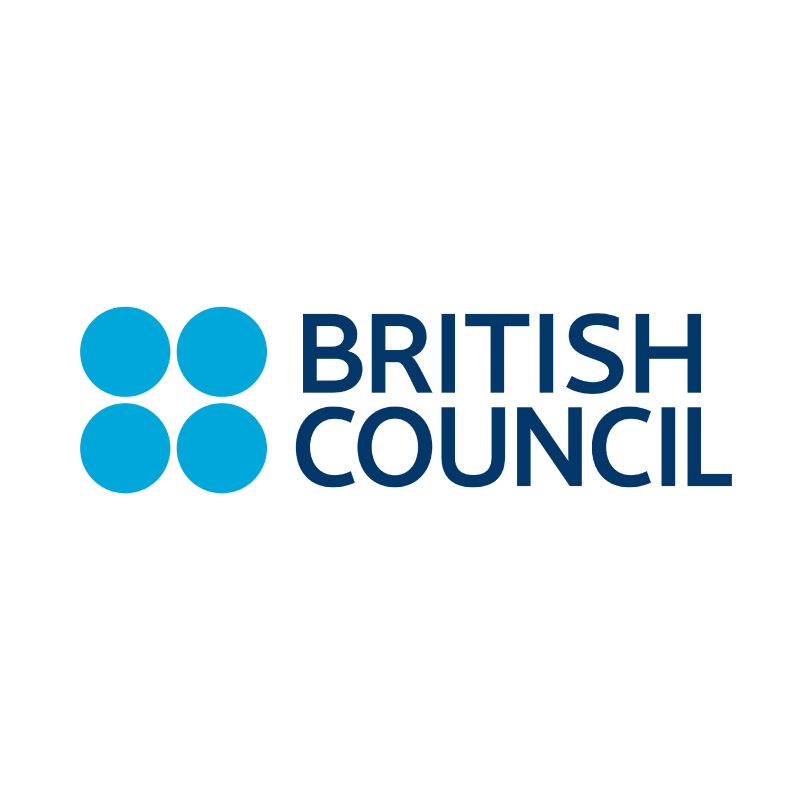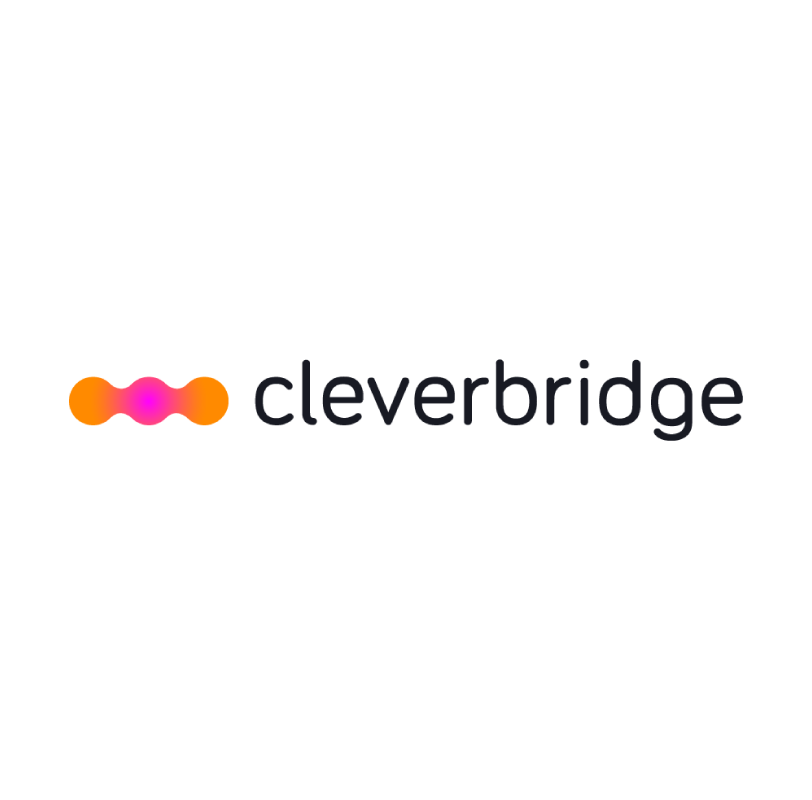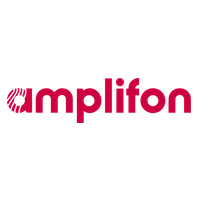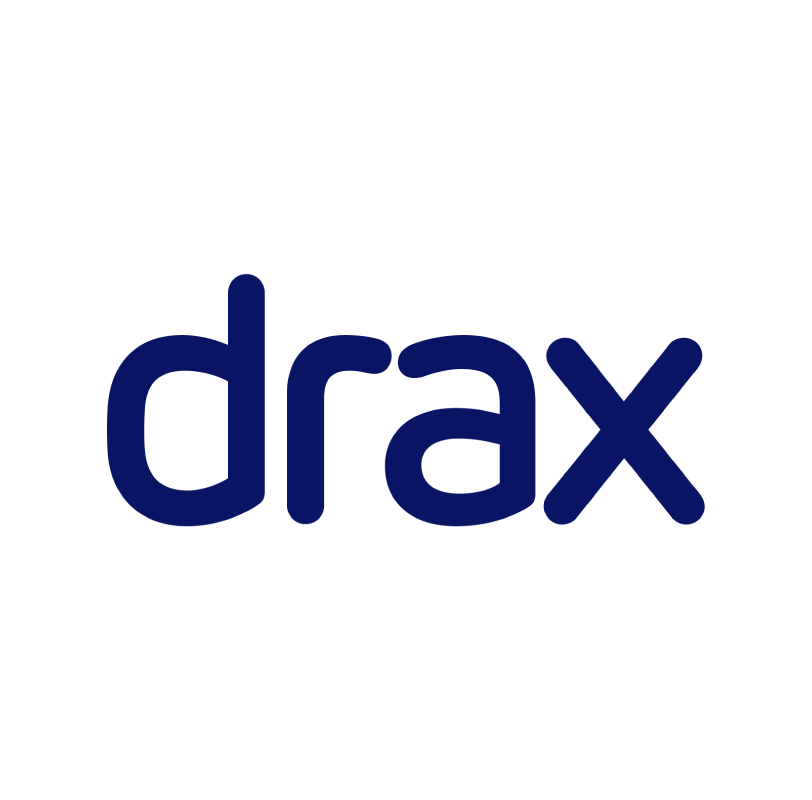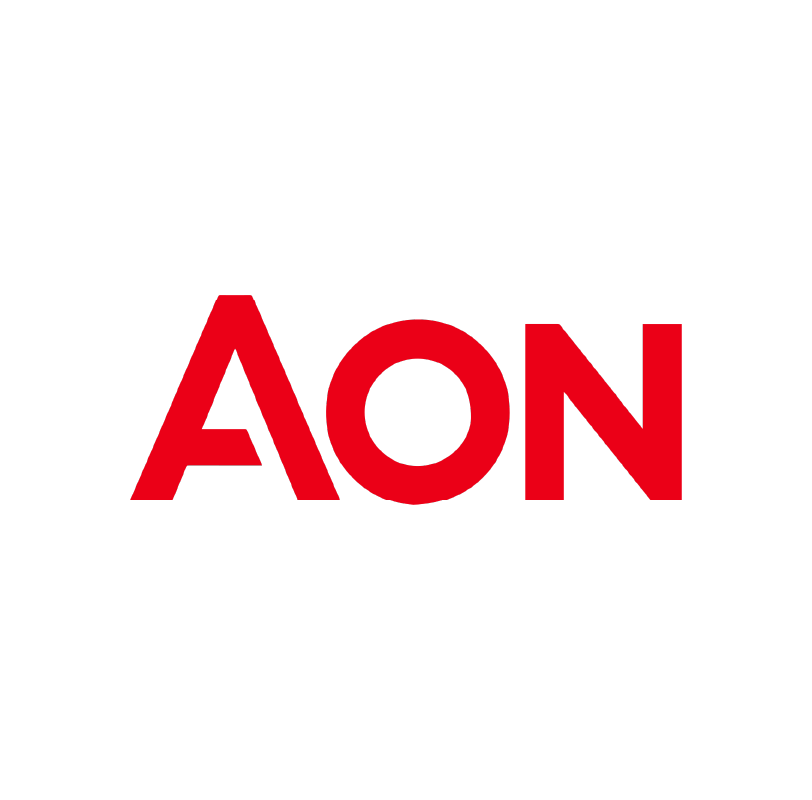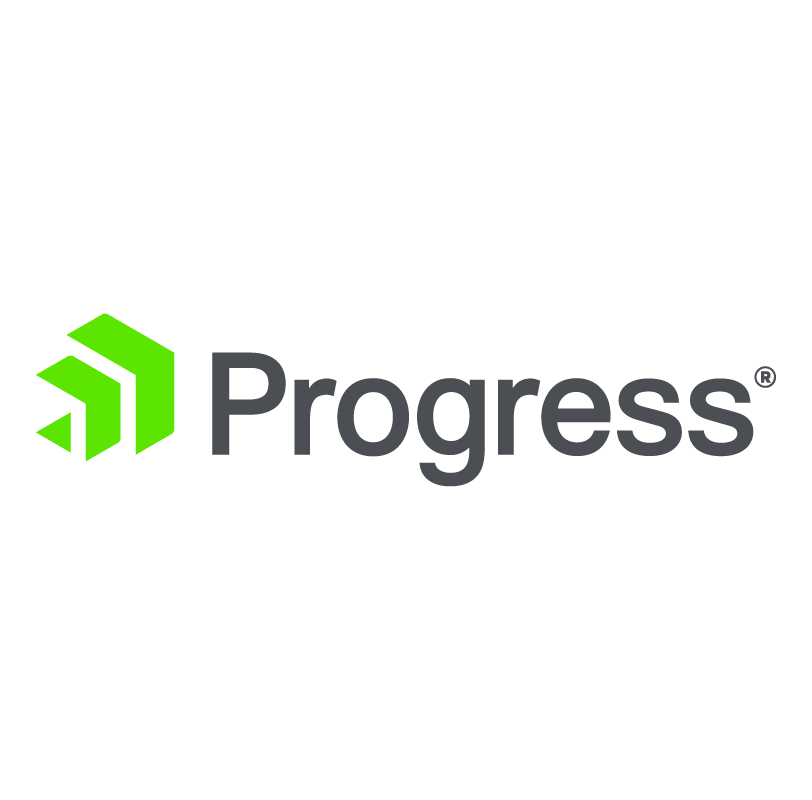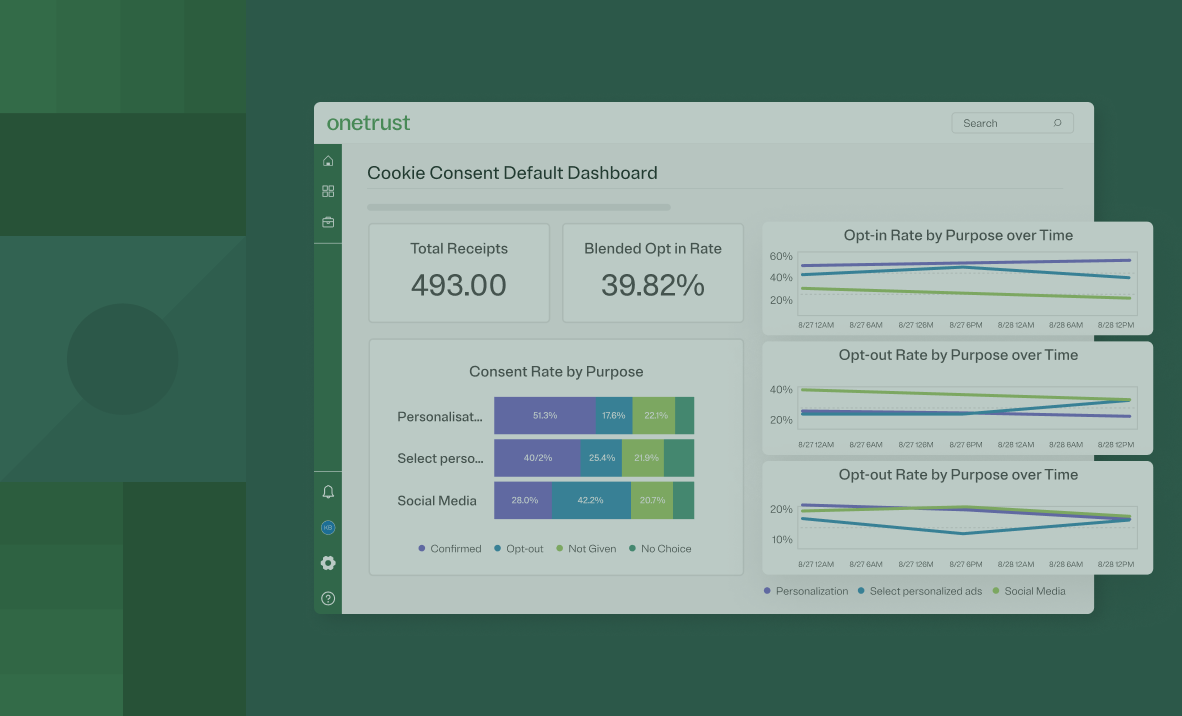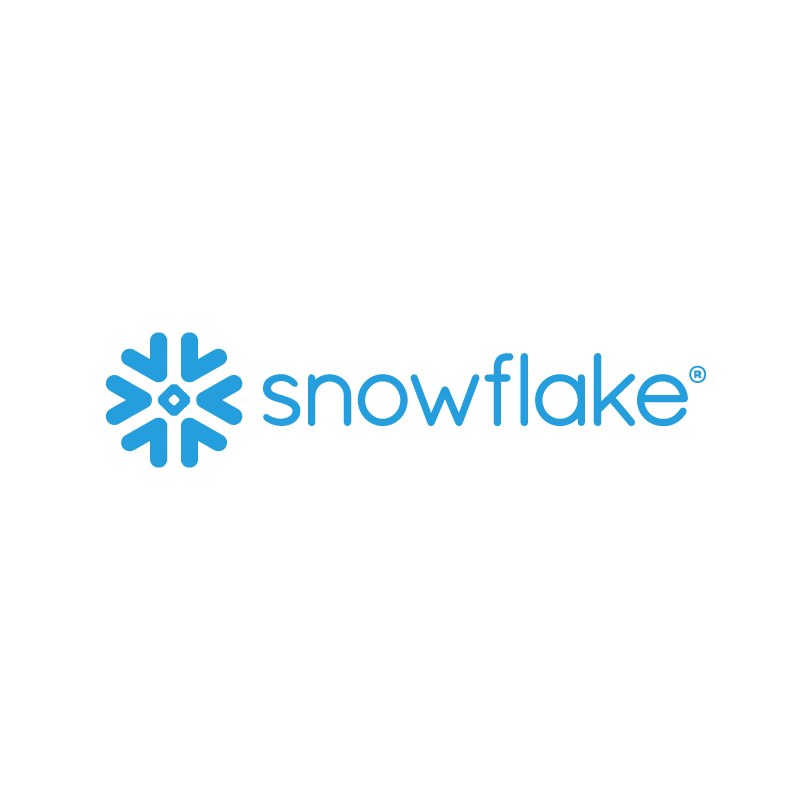Though often used interchangeably, it’s worth noting the difference between OTT and CTV:
- OTT (over-the-top) refers to streaming video accessed on any internet-connected device (mobile, tablet, television)
- CTV (connected TV) is any television with internet-enabled content services
As a result of OTT/CTV’s precise targeting capabilities and addressability, advertisers can tap into significant opportunities through this particular advertising medium.
Publishers can continue evolving their cross-device activation strategies to create enhanced value for the end-user and advertiser partners.
But a challenge presented by the OTT and CTV environment comes from a higher level: the matter of customer trust. As businesses activate customer data across devices and platforms, users need to know companies are being transparent and trustworthy with their information.
How can your business take advantage of the growth of OTT/CTV while pursuing compliance and building trust?
Trust: A proven competitive differentiator
Leading brands recognize that consumer trust enables data-driven products and personalized services to go to market and create significant value across the ecosystem.
But the opportunities presented by trust also come with challenges businesses can’t ignore. Consumers are rating trust at an all-time low. A recent study indicated that consumers believe only 47% of brands are trustworthy.
Compounding the issue is another difficult statistic: 40% of the respondents said they’ve stopped purchasing from brands they admire but no longer trust.
Trust can make or break customer relationships, and as a result, the businesses that successfully prioritize trust gain a competitive advantage over the companies that don’t.
The digital ecosystem presents opportunities to both establish and threaten consumer trust. As technology becomes increasingly complex, it will be up to data controllers and processors to put consumer trust at the forefront of their experiences. Simply put, it means businesses must provide increased transparency and user choice when collecting and activating personal data.
The rise of OTT/CTV
The global pandemic drastically accelerated media consumption trends and preferences towards digital sources. More US households than ever are “cutting the cord” — breaking their cable contracts to watch increasing amounts of streaming television content.
74% of US households now have access to video-on-demand services, and the OTT market is expected to double in the next five years.
OTT/CTV’s precise targeting capabilities and addressability have always been an appealing draw to advertisers. Now considering these channels’ significant viewership growth, more ad-ops teams are exploring strategies to reach their target audiences through OTT and CTV.
The question then lies with publishers: how can you help connect advertisers with the value offered by OTT/CTV in a way that prioritizes a unified user experience and compliance?
For example, TV watchers want to log into their streaming apps and receive recommendations for content to watch. But this feature is only possible if you’ve obtained their consent to process their data and provide a valuable content feed in exchange.
This comes down to publishers being able to:
- Present users with the opportunity to consent on the platform or device they use to access a streaming service
- Concisely explain the value provided in exchange for personal data
- Activate consent across all properties and devices — or remove personal data from the product experience altogether
- Comply with applicable laws in real time based on jurisdiction
OTT/CTV and best practices for compliance
Businesses taking in user data from various collection points, such as authenticated account information and preference centers, need to prepare to comply with regulations.
The GDPR and CCPA/CPRA require organizations to obtain valid consent from data subjects to process their personal information. This includes publishers that activate consumer data across devices and platforms to provide personalized experiences, such as targeted content recommendations.
Transitioning to a dynamic consent management platform (CMP 2.0) is a recommended practice for OTT/CTV publishers because of the level of granularity and choice provided to the end user.
A CMP 2.0 also helps businesses better comply with privacy laws by enhancing users’ understanding of what it means to give their consent.
When different user profiles exist within an OTT/CTV application, you must also be able to collect consent from each individual and activate it according to their unique preferences.
Finally, a CMP 2.0 enhances the OTT/CTV experience by collecting consent at any given point of the user journey, across domains and devices, then activating consent downstream.
OneTrust CMP for CTV
OneTrust CMP is designed to ensure advertisers can appropriately capture consent and preferences, and effectively signal it downstream to ad tech vendors:
- GDPR and ePrivacy opt-in consent: Facilitate GDPR and ePrivacy compliance with transparent data processing communications, clear opt-in consent collection when required, and a full audit trail of consent receipts to demonstrate compliance
- Advertising and IAB TCF 2.1: Leverage the IAB TCF 2.1 framework to conduct targeted advertising in compliance with the GDPR, while appropriately storing consent and preferences
- Multiple user profiles: Enable consumers of the same household to manage their preferences as individuals, allowing for more granular user controls within OTT or CTV platforms
- Authenticate users across devices: Easily manage and optimize user consent collection on all channels, including mobile, web and OTT or CTV
Learn More about OTT/CTV Personalization
OTT/CTV presents many valuable opportunities across the ecosystem:
- Advertisers can enjoy increased precision when reaching targeted audiences
- Publishers can enhance content monetization by activating subscriber data across platforms and devices
- Users can enjoy relevant content recommendations and a personalized viewing experience
Learn more about how to activate OTT/CTV personalization while pursuing compliance. OneTrust’s OTT and CTV Consent Management Platform provides choice and transparency for streaming users and activates preferences downstream for optimal experiences.




